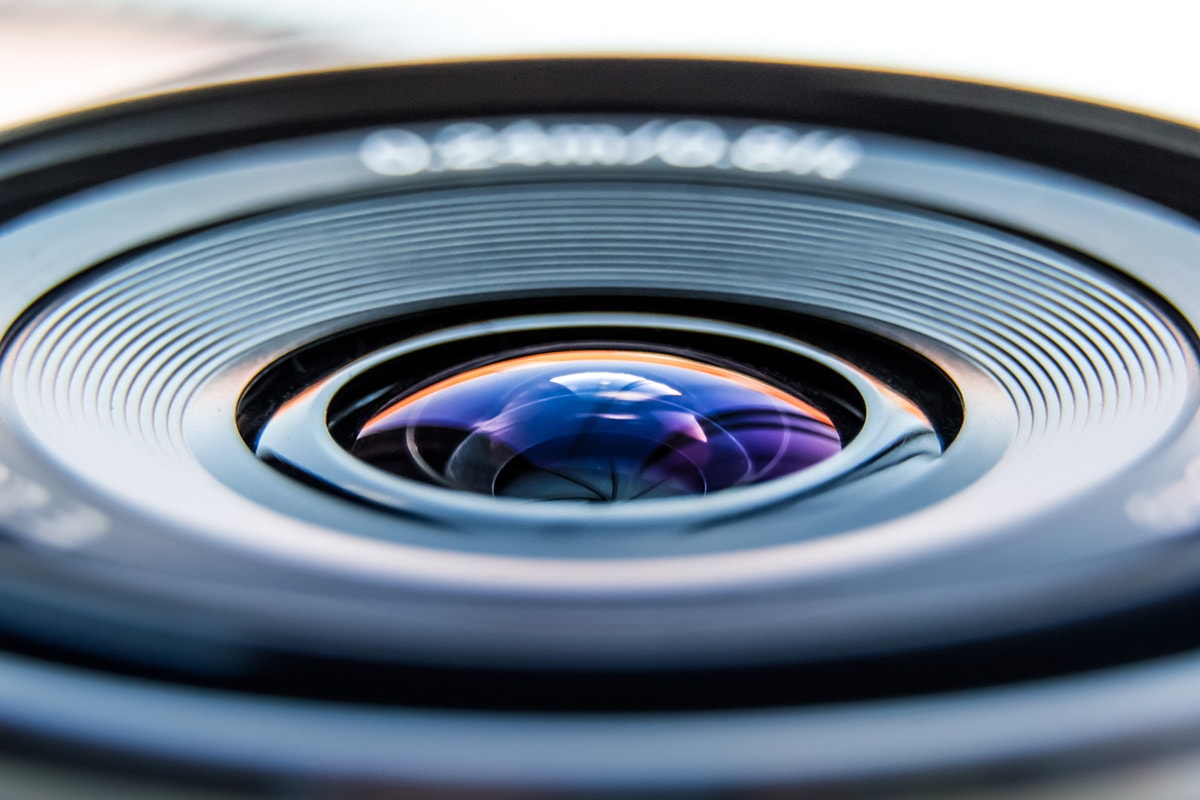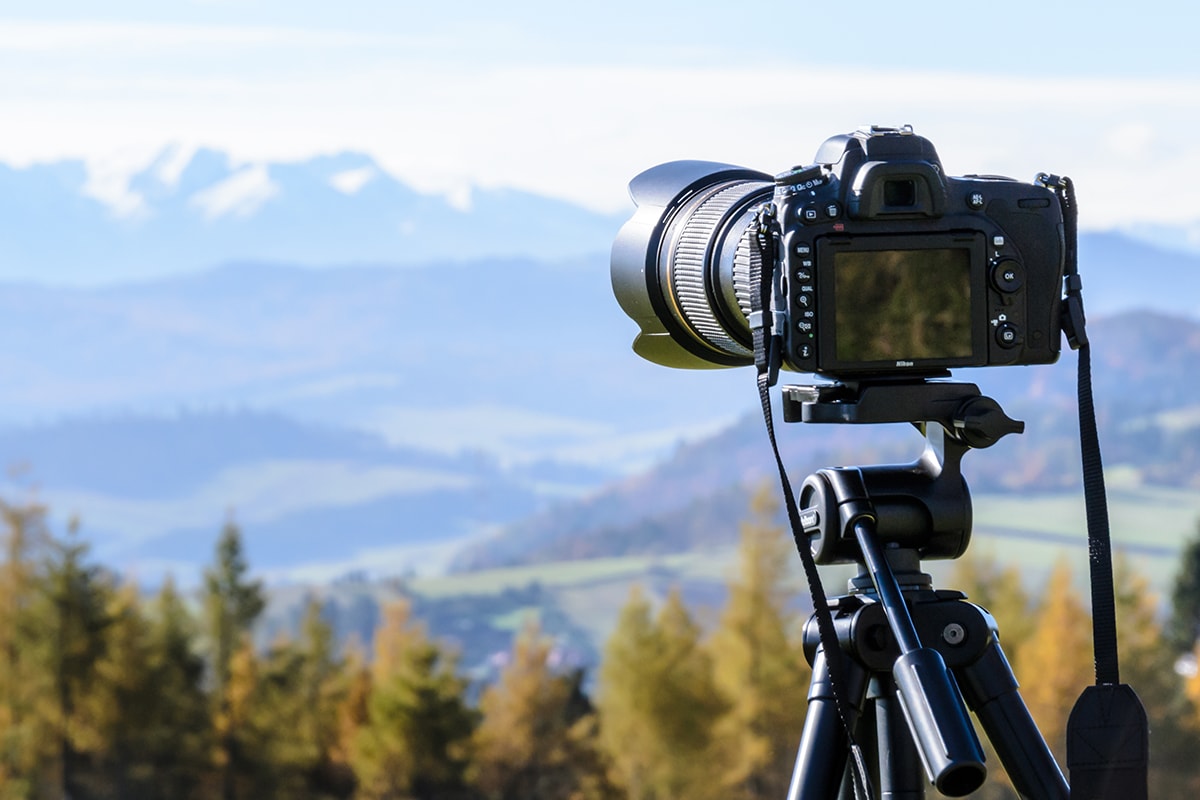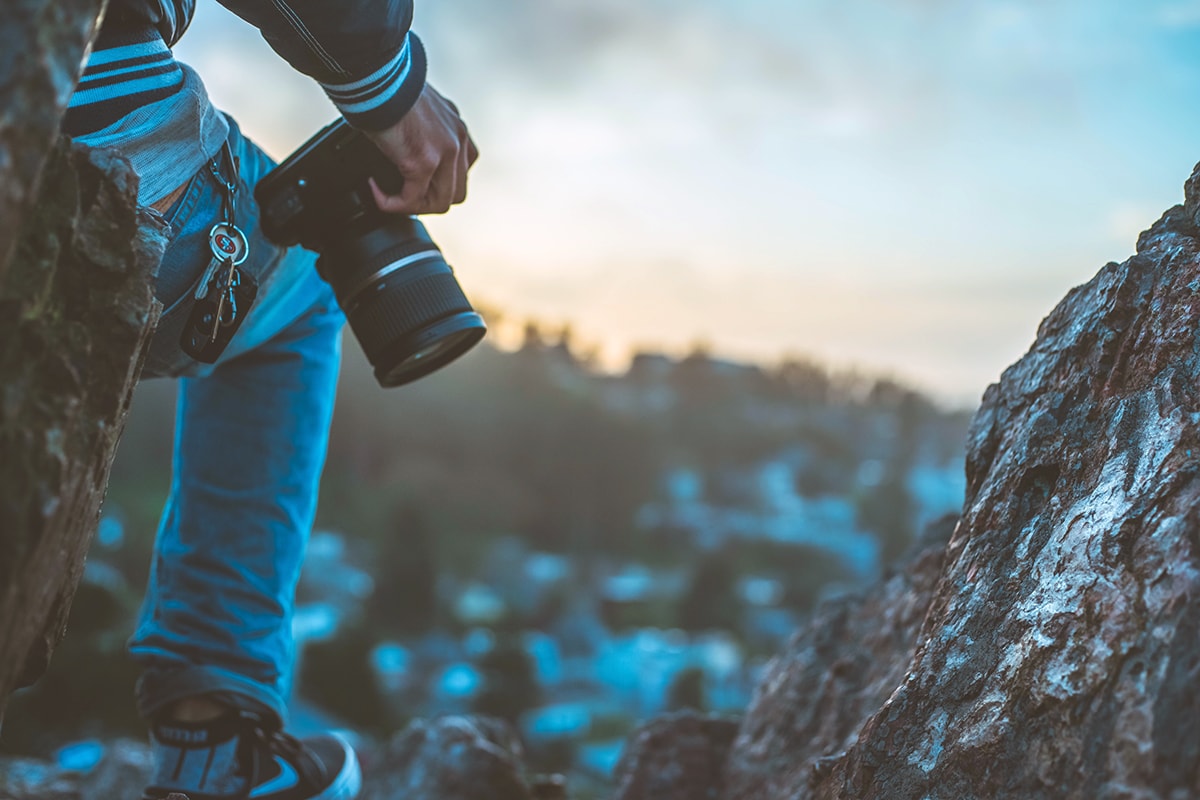The Advantages of Using a Single Lens for Professional Photography
When I go out and shoot, I normally rely only on my trustworthy Sigma 20mm f1.4 Art Lens.
Yes, I use one lens only. I have been doing so for quite some time now and it does not matter whether I shoot people (portrait and situational), food, homes and buildings (interior and exterior), events, or products. There are several significant advantages to using only one lens for professional photography.

The Power of Photography
Photography is powerful, it allows us to capture everything that is happening around us. It allows us to capture life as it unfolds. This is why I bring my camera with me wherever I go (as much as possible). This is also the reason why I love photography.
Through the photos that we photographers create, we’re able to reach out to different audience. We are able to deliver important messages in the most visually appealing ways. Through the photos we took, we interact with, influence, transform, and inspire people.
As such, it is our responsibility as photographers to make sure that the images we produce are striking, thought provoking, visually attractive, and unforgettable. To do this, we need to have the right equipment and know how to use them to our advantage.
A Professional Photographer’s Tools
A photographer’s most important tools or equipment are his camera and lenses. You can forget everything else except the two. All other tools – such as tripod, flash, filters, and light meter, among others – are secondary tools.
So when a photographer goes out to shoot, the first things he puts inside the bag are his camera and lenses. These lenses vary according to need or purpose. For example, there are lenses used specifically for architectural photography and there are those that are perfect for product shoots. Thus, most photographers bring more than one lens with them.
Lately, however, a lot of professional photographers have embraced the one lens practice. So instead of bringing a bag filled with varying lenses, they bring only one. In my case, as previously mentioned, I use my ever-reliable Sigma 20mm f1.4 Art Lens, no matter what the occasion or type of shoot may be.
There are several reasons why this practice has become quite widespread. First off, though, let’s talk about the one camera, one lens philosophy.

One Camera, One Lens Philosophy
The idea of using one camera and one lens for professional photography started with Henri Cartier-Bresson, a legend in the field of photography. The well-respected and highly admired French photographer was known for his works that cemented the quality of photojournalism and catapulted it into a form of art.
For the most part of his life as a photographer, even as he roamed around the world, Cartier-Bresson brought with him only his 50mm lens. With just one lens, he had more time and intention to focus on what he was doing. His style was usually to walk around the streets and when he sees something, he brings the camera to his eye and shoots. Nothing more, nothing less.
Of course, cameras then were way different from our cameras today. Nevertheless, the one camera, one lens philosophy still attracts quite a significant following.
Advantages of Using Only One Lens
A lot of photographers have benefitted from using just one lens for most of their work. Here are the most important advantages:
- Using one lens allows photographers to familiarize one focal length.
If you constantly shift to and use different equipment, mastering your camera and lens will prove to be difficult because you won’t have time to familiarize yourself with what your tools can do. If you use just one camera and one lens, you’ll have time to master the focal length.For example, I prefer to use my 20mm for all my photography assignments or projects. Since I have been using it long enough, I have mastered its capabilities and can therefore easily adjust to situations like the distance of the subject or the amount of ambient light available.
Additionally, since I know my lens quite well, I already have an idea of how the image will come out even before I start shooting. In other words, I can pre-frame a scene and visualize it way ahead of time.
Discovering and mastering a lens is not easy. It can take weeks, months, or even years. If you use just one lens, you need to master only one focal length, and your work becomes easier.
- Using only one lens allows photographers to explore their creativity.
Using just one lens for all photography projects will teach you to rely a lot on your creative juices. For example, how will you position your subject in a 20mm frame? Likewise, if you are shooting with a wide angle lens and you want to capture the emotions on your subject’s face, you’ll have to find a way to move closer to your subject without compromising the creative aspect of the scene or distorting its angle.With just one lens, and the same preset regardless of project type, you will learn how to come up with creative, innovative solutions to make sure that the images you want to produce will come out well.
- Using only one lens will help you save time.
Yes, there is such a thing as wasting time in photography. There is this thing called G.A.S. or gear acquisition syndrome. It pertains to what photographers do – how everyone gets overly excited – when a new gear comes out. Well, it’s all right to get excited about new cameras and lenses, but it’s a different thing when you obsess about them to the point that you’re not able to do your job well anymore. (Yes, this happens in real life!)Anyway, with one camera and one lens only, you won’t have to worry about which camera or which lens to use. Sometimes, even when you’re about to step out of the house or office, you still haven’t made up your mind. With one option only, this won’t be a problem anymore.
- Using one lens is easier on the pocket and on your shoulders.
If you use only one lens, choose one that is the best for you; invest on it, and save your money for other important needs. It’s definitely more practical and easier on the pocket.In addition to this, since you don’t have to bring a lot of lenses with you, there’s no need to worry about carrying too many things wherever you need to go. As such, you won’t be subjecting your shoulders and back to a lot of stress. Moving around will be easier, too.
- Using only one lens will result to more consistent and cohesive narrative photos.
Because you are using just one lens, the images you capture will be more consistent and cohesive, particularly when you are taking landscape shots or portraits. This consistency and cohesiveness in photographic composition will make your images more effective in terms of creating a narrative for viewers. The consistency will also work well for your brand.

These are just some of the advantages of using one lens for professional photography. Of course, as in everything else, there are disadvantages, particularly since you’ll be forced to adjust to a variety of shoot situations using only one lens. What will you do if you need to shoot wide and the lens you’re using is not enough for what you want to achieve? There are limitations, yes; but then again, this is where the creativity of a professional photographer comes in.
In the end, however, it all depends on you. I am comfortable and satisfied with just one lens – my Sigma 20mm f1.4 Art. I use it for my architectural, interior design, real estate, portrait, situational, macro, food, event, couple engagement, and product photography.
You can try using only one lens and if it doesn’t suit you well, you can always go back to your regular practice. But at least give it a shot – it can help you see things quite differently and simplify your setup greatly!
